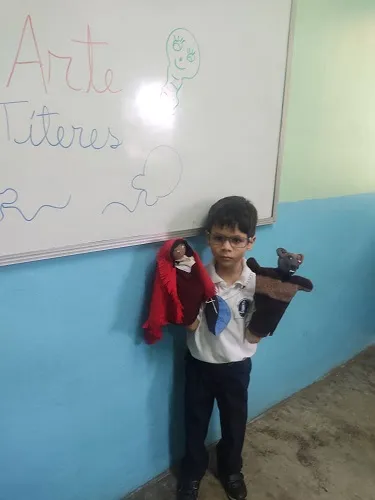
Source: @tomaspalomo
Last week we entered the period of special activities and Diego had to tell the story of Little Red Riding Hood, we were told that we could use puppets, puppets or paper figures, but no video equipment, or audio support because the idea was that children develop their ability to express themselves orally through these stories.
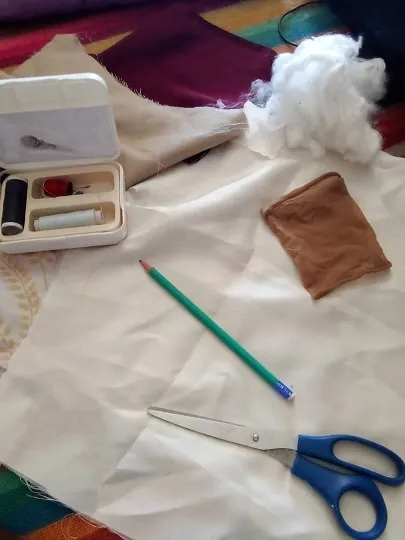
Source: @tomaspalomo
Diego is quite shy, with his 6 years of age and 3 of them spent in pandemic took a toll on his ability to speak in public. Our little ones complied with the confinement, as well as us, and I must admit that in terms of socialization and all that it implies was quite compromised. Even this school year where we have been in school full time we have felt the impact of returning to the rigor of the institutionalized processes, of course we have continued with our learning strategies at home.
For the development of the story, Diego liked the idea of puppets, so we decided to make Little Red Riding Hood and the Big Bad Wolf, the materials used were colored fabric, some old pantyhose from his mom to make the face of the puppets, wool stuffing and thread.
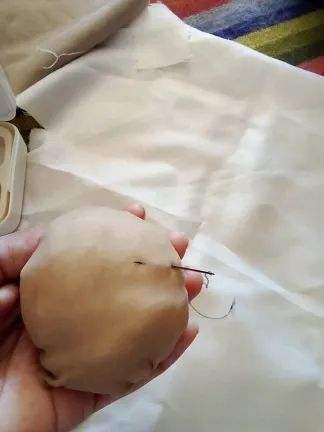
Source: @tomaspalomo
First, we made the balls with the pantyhose and stuffed them with the yarn to make the faces of the characters.
The second step was to mark on the brown fabric for the wolf (it was the one we had at home) and white for little red riding hood to make the dresses where we would put the hands and they corresponded with the body.

Source: @tomaspalomo
After having everything ready we began to hand sew and assemble the puppets, the details of the eyes and mouth were made with needle and thread using the embroidery technique.
Once the characters were ready, we had to make a small script with which Diego would practice the story of Little Red Riding Hood and the Big Bad Wolf, we made some adaptations to the original story, remembering that these stories were written in a very different time and today we bet on history with less violence and where there is more tolerance and respect.
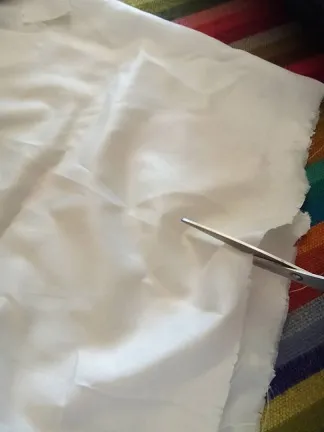
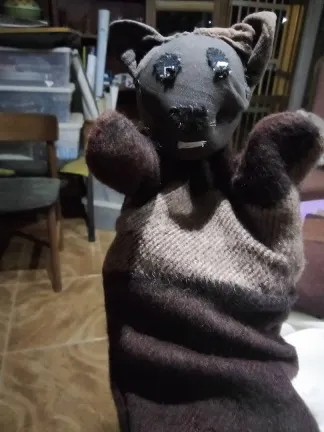
Source: @tomaspalomo
In our story the wolf is a forest ranger who helps Little Red Riding Hood find her grandmother's house because she had wandered off the path her mother had shown her and was lost in the forest without knowing where to go. In this way, we show children that they should always follow carefully the instructions given to them by their parents. Little Red Riding Hood arrives at her grandmother's house, a little late, but safe and sound.


Source: @tomaspalomo
Diego presented the story of Little Red Riding Hood and the wolf to his classmates, we were very nervous, actually, we were more nervous than he was, but you know how it is, we parents worry about everything going well. He managed to control his stage fright and although at one point he stopped to think, he found the strength to start again. We got an A+. Having achieved this special activity, Diego now asks us for other puppets and seems to like the idea very much. Thank you very much for paying attention and if you know of other strategies for making puppets leave them in the comments.
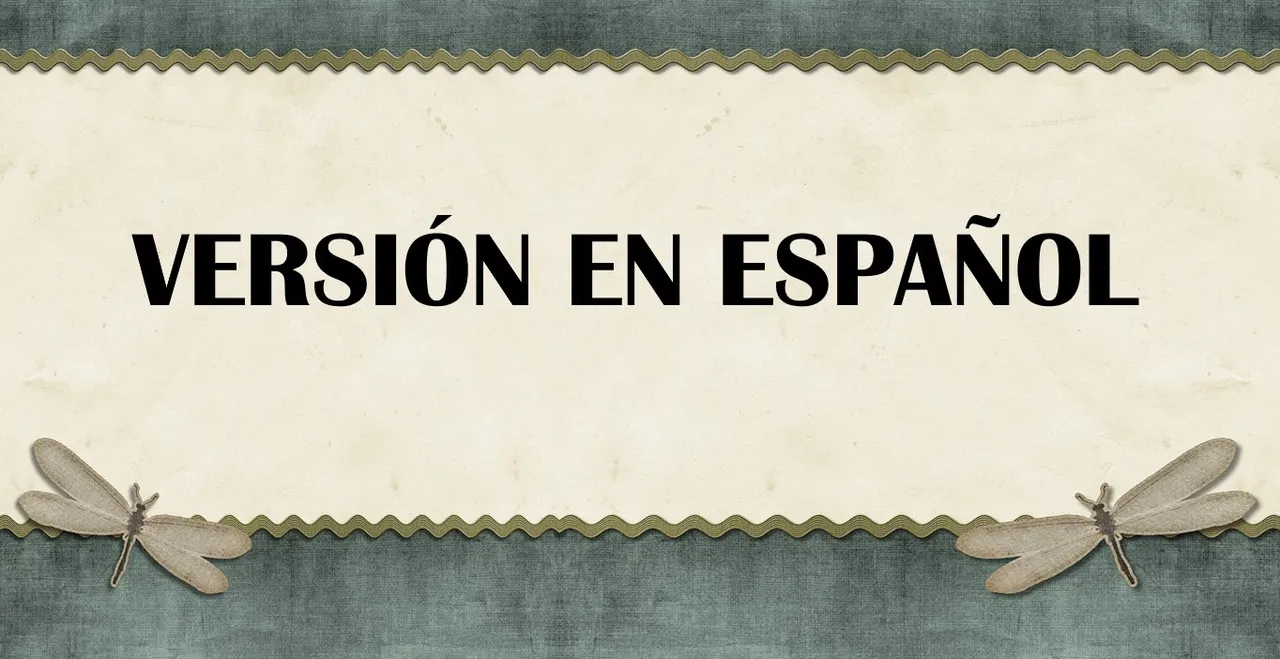
Los títeres una estrategia divertida para aprender expresión oral.

Fuente: @tomaspalomo
La semana pasada entramos en el periodo de actividades especiales y a Diego le correspondía contar la historia de la Caperucita Roja, nos dijeron que podíamos usar marionetas, títeres o figuras con papel, pero nada equipos de video, o apoyo de audios debido a que, la idea era que los niños desarrollaran su capacidad de expresarse oralmente a través de estas historias.
Diego es bastante tímido, con sus 6 años y de ellos 3 transcurridos en pandemia hicieron estragos en su capacidad para hablar en público. Nuestros pequeños cumplieron con el confinamiento, así como nosotros y, debo reconocer que eso en lo que respecta a la socialización y todo lo que ella implica se vio bastante comprometida. Incluso, este año escolar donde hemos estado a tiempo completo en la escuela hemos sentido el impacto de volver a la rigurosidad de los procesos institucionalizados, claro dentro de todo hemos continuado con nuestras estrategias de aprendizaje en casa.

Fuente: @tomaspalomo
Para el desarrollo de la historia, a Diego le gustó la idea de los títeres, entonces decidimos hacer a Caperucita y al Lobo Feroz, los materiales utilizados fueron tela de colores, unas pantimedias viejas de su mamá para hacer la cara de los títeres, relleno de lanilla e hilo.
Primero, hicimos las bolitas con las pantimedias y rellenamos con la lanilla para hacer las caras de los personajes.

Fuente: @tomaspalomo
El segundo paso fue marcar en la tela marrón para el lobo (era con la que contábamos en casa) y blanca para caperucita para hacer los vestidos donde meteríamos las manos y se correspondían con el cuerpo.
Luego de tener todo dispuesto comenzamos a cocer a mano y armar los títeres, los detalles de los ojos y boca los hicimos con aguja e hilo con la técnica del bordado.


Fuente: @tomaspalomo
Ya listos los personajes, debíamos hacer un pequeño guion con el cual Diego practicaría la historia de Caperucita y el lobo feroz, nosotros hicimos algunas adaptaciones a la historia original, recordando que estos cuentos fueron escritos en una época muy distinta y hoy apostamos por historia con menos cantidad de violencia y donde exista más tolerancia y respeto.


Fuente: @tomaspalomo
En nuestra historia el lobo es un guarda bosques que ayuda a Caperucita a encontrar la casa de su abuela porque ella se había salido del camino que su mamá le había indicado y estaba perdida en el bosque sin saber a dónde ir. De esa manera, mostramos a los niños que siempre deben seguir con cuidado las instrucciones que les dan sus padres. Caperucita llega a la casa de su abuela, un poco más tarde, pero sana y salva.
Diego presentó ante sus compañeros la historia de caperucita y el lobo, nosotros estábamos muy nerviosos, realmente, nosotros más que él, pero ya saben cómo es todo, los papás nos preocupamos porque todo salga bien. Él logró controlar su miedo escénico y aunque en un momento se detuvo a pensar luego encontró la fuerza para volver a comenzar. Sacamos una A+. Lograda esta actividad especial, ahora Diego nos pide otros títeres parece que le gustó mucho la idea. Muchas gracias por prestar atención y si saben de otras estrategias para hacer títeres déjenlas en los comentarios.